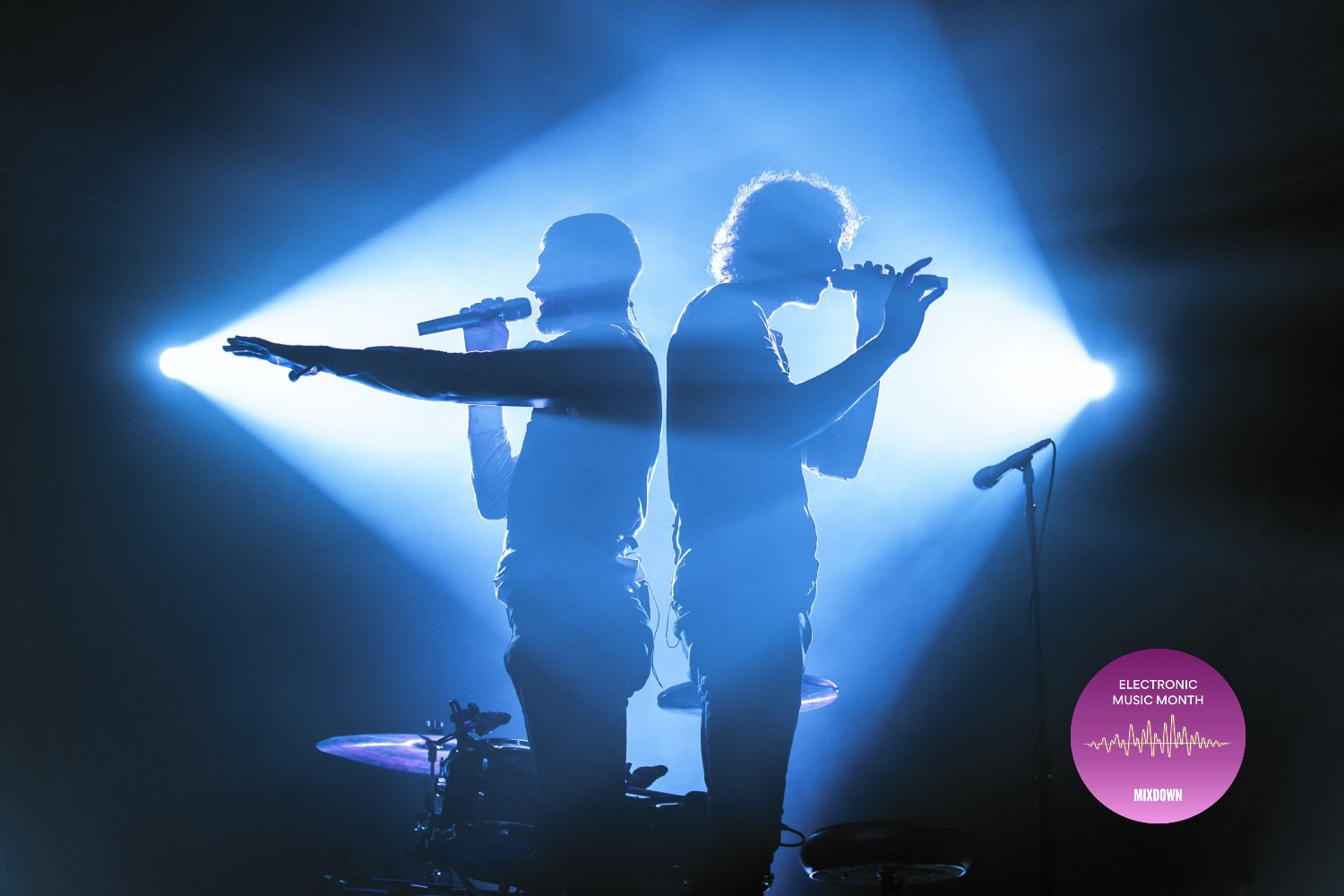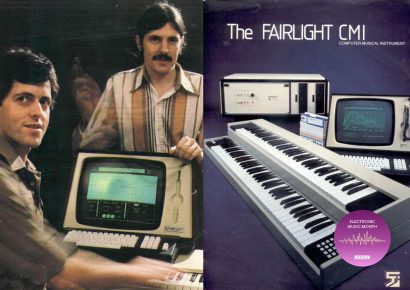Throughout history, the role of vocals in electronic dance music has been an ever-changing one
The freedom to deviate from traditional songwriting structure gave vocal performers new impetus and became a catalyst for constant innovation.
Read all the latest features, columns and more here.
When we delve deeper, the fundamental focus of all dance music is the rhythm section. So, by taking vocals out of the spotlight they fall under in pop music, new creative avenues opened up in every aspect. From the delivery and melodic style to the scope of lyrical content explored, everything was influenced by the idea of writing for the dance floor.
The disco era
It only feels right to start this journey with an epiphany in music history. This moment was the release of Donna Summer’s iconic single, ‘I Feel Love’ in 1977 from her concept album I Remember Yesterday. Produced by Pete Bellotte and Giorgio Moroder, the album chronicled different musical styles from each decade, and ironically the hit single was an attempt at futurism. What’s interesting is that Donna Summer broke the US market as an artist based in Munich, bringing a new sound to the charts.
Moroder created the entire instrumental using the Moog Modular synthesiser and this simple but relentless underscore provided the perfect canvas. Although still rooted in traditional melody and harmony, the use of repetition within the vocal phrasing is incredibly distinctive. So it’s no surprise that this method of recording onto electronically generated backing tracks would become the format for dance music in the years to come.
A hip hop explosion
The street movement called hip hop changed everything from the second Rapper’s Delight hit the mainstream in 1979. The way Sylvia Robinson flipped Good Times by Chic and formed the Sugarhill Gang had a major influence on modern record production. While the concept of sampling was still in its infancy, the introduction of spoken vocals influenced countless musical styles. Starting from drum machine-driven electro-funk to Detroit techno rap, rhythmic spoken vocals became increasingly prominent throughout the 1980s.
As electronic music grew in diversity throughout the 90s, we saw more and more hugely successful dance-styled records featuring spoken vocals. This included anthems like Underworld’s ‘Born Slippy’ and ‘Insomnia’ by Faithless. The style of vocal delivery allowed performers to work with a wide range of tempos and vastly expand on the lyrical content they were writing. From the sinfully kitsch dance bangers of Brooklyn Bounce to the artists that have truly pushed the medium like Azealia Banks, the use of spoken vocals remains a highly effective form of expression in electronic music.
Soul’d out
When it comes to vocals, few can compete with the soul, R & B, and gospel-influenced artists who appeared on house records between the late-’80s and the mid-’90s. Performers like Robin S, Inaya Day, and Sandy B used their incredible vocal range and dynamics to create some of the most played dance tracks of all time. These sultry soulful vocals laced top releases in funky house, techno, and Miami bass for years to come, and continue to influence both underground and pop music.
The accessibility of the lyrics came through underlying themes of love, positivity, and sexuality brought unity to the global warehouse movement in cities like Detroit, Chicago, New York, Toronto, Manchester, and Berlin. There was, of course, a commercial aspect to these records too. We started to see record marketing reverse itself where 12″ releases were edited and released for radio and music video platforms like MTV. This was the complete opposite of how singles were released in the ’80s.
Chopped up and triggered
As music production shifted from the large format consoles of the ’80s into the digital era, we saw techniques changing. Equipment became cheaper and more accessible which gave artists the power to create records at home or in more affordable self-owned studios. The rise of sampling in music also gave producers the tools to manipulate vocals in new ways. Here, innovative work from Liam Howlett propelled The Prodigy from a warehouse act to becoming a worldwide phenomenon.
Rules could be bent and broken and songs you would never have expected to chart enjoyed international success as remixes. Vocal hooks were performed on sample trigger pads rather than in the booth and the cross-pollination of sounds from the rave scene began to catch on with a far wider audience. Some examples like the infamous chipmunk pitched-up vocal sample stabs are still in use today.
Uplifting bliss
As electronic music reached the peak of its commercial success in the ’90s, we saw the rise of the superstar DJ/producer. Solo electronic artists with billboard hits could sell out shows and tours by themselves. The bigger industry demand and a wider market allowed artists to collaborate freely with high-profile vocal artists, as features were becoming increasingly prominent in electronic music. At this time, the music became centred around euphoria and fantasy, with escapist lyrical themes.
The grungy warehouse days were gone, replaced by super clean high-end events production with advanced lighting and expensive bottled water. Almost as if to fit this aesthetic, the music became faster, cleaner, and focused on melodic drops, breaks, and build-ups. This was where the vocal took centre stage, casting a spell on the dance floor before the next 909 kick onslaught returned. Artists like Paul Oakenfold, Mauro Picotto, Marc Et Claude, Paul Van Dyk, and many others used this formula to full effect.
Modern EDM
What we call EDM today has become so pop-centric, that it’s become harder to determine originality. Albums like The Fame by Lady Gaga and Rihanna’s Unapologetic brought an EDM-styled sound to the masses and created a monster in the process. This new non-specific genre was harnessed by major festivals and corporate brand sponsorship and marketed to a much younger audience than before.
However, there are still plenty of artists who are using this platform to go beyond simply creating electronic music. Pretty Lights, Porter Robinson, and Rezz are quintessential EDM acts who have formed entirely unique musical identities capable of surviving outside of a single genre or scene. By doing so, the scope of what is possible with EDM vocals becomes vast. Producers can borrow from styles normally not associated with electronic music, creating new hybrids with alternative, punk, and R & B style vocals.
Head here for more on EDM and vocals.

